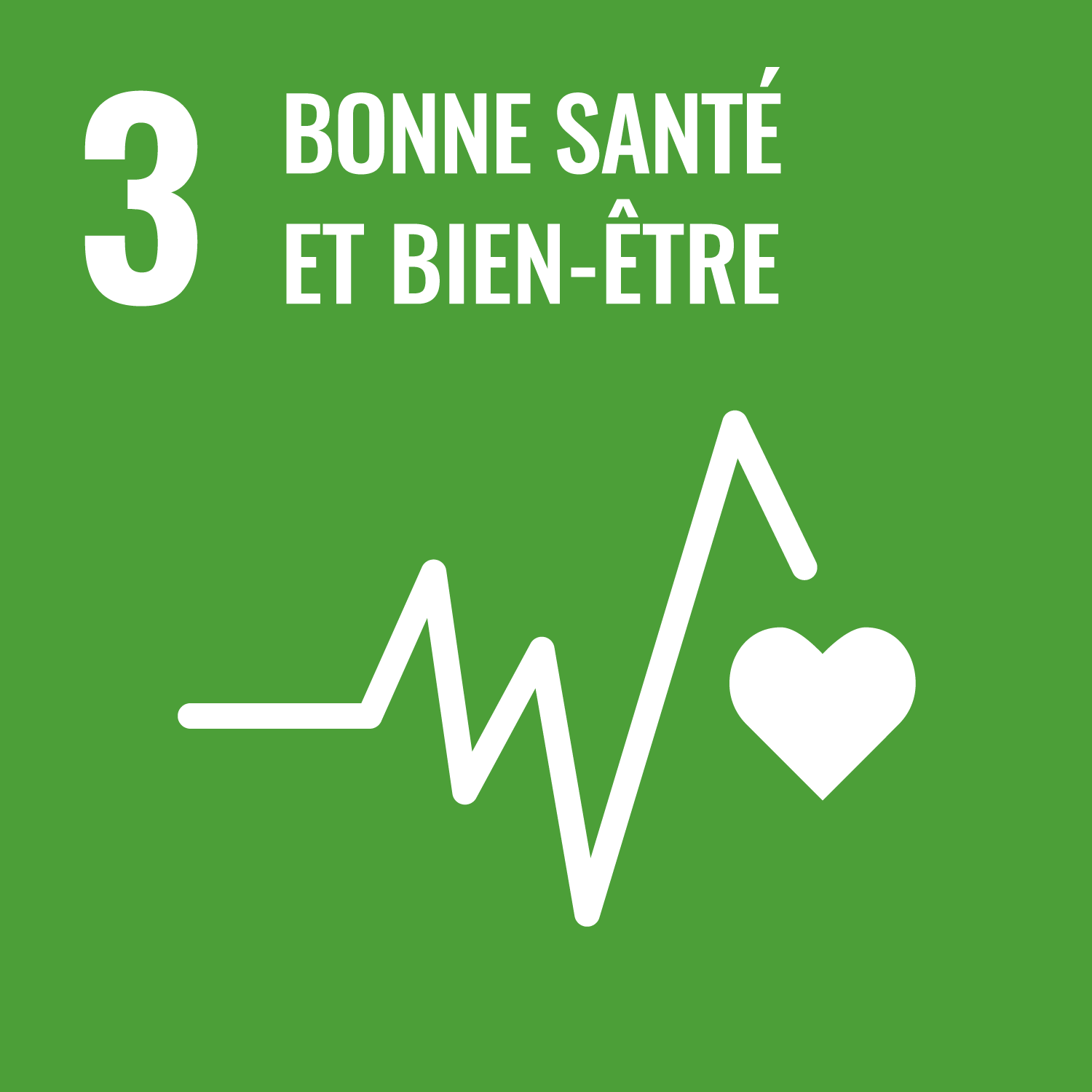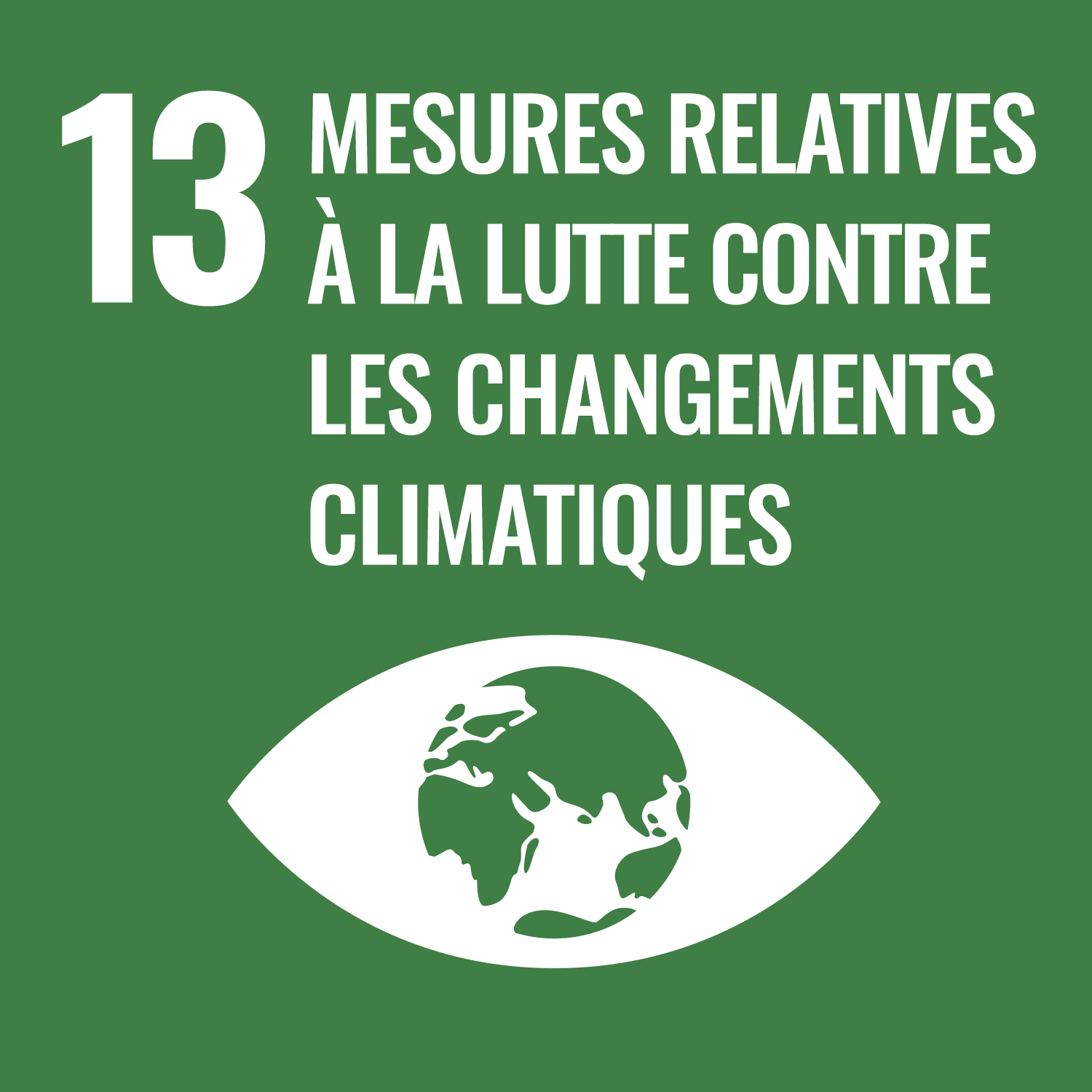SDGs for Haiti
(
Academic institution
)
#SDGAction43478
Description
our objectives by 2030 is to reduce the number of people who do not have access to care through a program to strengthen the quality of care in Haiti through various projects.
So, we decided to tackle this problem by planning and executing different projects such as:
- the establishment of Community Pharmacy in hospitals, prison, and educational establishment. completely free, with medicines, hygiene products and first aid kits.
- training sessions on self-medication, which is a public health problem in Haiti.
- awareness campaign on the importance of medical insurance and also on vaccination.
- an advocacy project with the government on increasing the national health budget
The organization and planning of these projects was entirely managed and directed by students who thus demonstrated their ability to achieve and collaborate effectively with organizations to achieve the objectives. We will use this effective networking and collaboration capacity to advance our goals.
As a student group, we are well aware that our own resources are not enough to solve the problems ourselves, which has encouraged us to build coalitions with non-profit organizations and NGOs existing in our community. , not only by strengthening our common network, but also our communication and organizational capacities. In addition to partnering with local not-for-profit organizations, we also plan to work in local government by networking with our MP, state MP and school board representatives to further engage our city. in the UN SDGs.
Ultimately, we hope to be part of the decade of change and work alongside other countries to achieve these goals. We aim to leave a lasting impact on our community and for the common well-being of the future of the Haitian people and our global community as a whole.
Expected impact 1. establishment of 4 community pharmacy in the city of Port-au-prince at the general hospital, female prison of cabaret, penitentier center and the lycée de cite soleil. 2. online and face-to-face training for more than fifty marketing agents on the relationship between antibiotics and bacterial resistance and also on self-medication, to fight against the sale of antibiotics in the streets and against self-medication . 3. awareness of 60% of the Haitian population on the importance of having an insurance card and also a complete vaccination card. 4. According to a new report released by the World Bank today, the health sector needs more public investment and better spending allocation to improve access to care for all Haitians. - Increase public resources for health - Prioritize primary and preventive health care - Increase equitable access to quality care
SDGS & Targets
Objectif 3
Permettre à tous de vivre en bonne santé et promouvoir le bien-être de tous à tout âge

3.1
3.1.1
Maternal mortality ratio
3.1.2
Proportion of births attended by skilled health personnel
3.2
3.2.1
Under-five mortality rate
3.2.2
Neonatal mortality rate
3.3
By 2030, end the epidemics of AIDS, tuberculosis, malaria and neglected tropical diseases and combat hepatitis, water-borne diseases and other communicable diseases
3.3.1
Number of new HIV infections per 1,000 uninfected population, by sex, age and key populations
3.3.2
Tuberculosis incidence per 100,000 population
3.3.3
Malaria incidence per 1,000 population
3.3.4
Hepatitis B incidence per 100,000 population
3.3.5
Number of people requiring interventions against neglected tropical diseases
3.4
3.4.1
Mortality rate attributed to cardiovascular disease, cancer, diabetes or chronic respiratory disease
3.4.2
Suicide mortality rate
3.5
Strengthen the prevention and treatment of substance abuse, including narcotic drug abuse and harmful use of alcohol
3.5.1
Coverage of treatment interventions (pharmacological, psychosocial and rehabilitation and aftercare services) for substance use disorders
3.5.2
Alcohol per capita consumption (aged 15 years and older) within a calendar year in litres of pure alcohol
3.6
3.6.1
Death rate due to road traffic injuries
3.7
By 2030, ensure universal access to sexual and reproductive health-care services, including for family planning, information and education, and the integration of reproductive health into national strategies and programmes
3.7.1
Proportion of women of reproductive age (aged 15-49 years) who have their need for family planning satisfied with modern methods
3.7.2
Adolescent birth rate (aged 10-14 years; aged 15-19 years) per 1,000 women in that age group
3.8
Achieve universal health coverage, including financial risk protection, access to quality essential health-care services and access to safe, effective, quality and affordable essential medicines and vaccines for all
3.8.1
Coverage of essential health services
3.8.2
Proportion of population with large household expenditures on health as a share of total household expenditure or income
3.9
3.9.1
Mortality rate attributed to household and ambient air pollution
3.9.2
Mortality rate attributed to unsafe water, unsafe sanitation and lack of hygiene (exposure to unsafe Water, Sanitation and Hygiene for All (WASH) services)
3.9.3
Mortality rate attributed to unintentional poisoning
3.a
3.a.1
Age-standardized prevalence of current tobacco use among persons aged 15 years and older
3.b
Support the research and development of vaccines and medicines for the communicable and non-communicable diseases that primarily affect developing countries, provide access to affordable essential medicines and vaccines, in accordance with the Doha Declaration on the TRIPS Agreement and Public Health, which affirms the right of developing countries to use to the full the provisions in the Agreement on Trade-Related Aspects of Intellectual Property Rights regarding flexibilities to protect public health, and, in particular, provide access to medicines for all
3.b.1
Proportion of the target population covered by all vaccines included in their national programme
3.b.2
3.b.3
Proportion of health facilities that have a core set of relevant essential medicines available and affordable on a sustainable basis
3.c
3.c.1
Health worker density and distribution
3.d
Strengthen the capacity of all countries, in particular developing countries, for early warning, risk reduction and management of national and global health risks
3.d.1
International Health Regulations (IHR) capacity and health emergency preparedness
3.d.2
Percentage of bloodstream infections due to selected antimicrobial-resistant organisms
Objectif 13
Prendre d’urgence des mesures pour lutter contre les changements climatiques et leurs répercussions

13.1
Strengthen resilience and adaptive capacity to climate-related hazards and natural disasters in all countries
13.1.1
Number of deaths, missing persons and directly affected persons attributed to disasters per 100,000 population
13.1.2
Number of countries that adopt and implement national disaster risk reduction strategies in line with the Sendai Framework for Disaster Risk Reduction 2015–2030
13.1.3
Proportion of local governments that adopt and implement local disaster risk reduction strategies in line with national disaster risk reduction strategies
13.2
Integrate climate change measures into national policies, strategies and planning
13.2.1
Number of countries with nationally determined contributions, long-term strategies, national adaptation plans and adaptation communications, as reported to the secretariat of the United Nations Framework Convention on Climate Change
13.2.2
Total greenhouse gas emissions per year
13.3
Improve education, awareness-raising and human and institutional capacity on climate change mitigation, adaptation, impact reduction and early warning
13.3.1
Extent to which (i) global citizenship education and (ii) education for sustainable development are mainstreamed in (a) national education policies; (b) curricula; (c) teacher education; and (d) student assessment
13.a
Implement the commitment undertaken by developed-country parties to the United Nations Framework Convention on Climate Change to a goal of mobilizing jointly $100 billion annually by 2020 from all sources to address the needs of developing countries in the context of meaningful mitigation actions and transparency on implementation and fully operationalize the Green Climate Fund through its capitalization as soon as possible
13.a.1
Amounts provided and mobilized in United States dollars per year in relation to the continued existing collective mobilization goal of the $100 billion commitment through to 2025
13.b
Promote mechanisms for raising capacity for effective climate change-related planning and management in least developed countries and small island developing States, including focusing on women, youth and local and marginalized communities
13.b.1
Number of least developed countries and small island developing States with nationally determined contributions, long-term strategies, national adaptation plans and adaptation communications, as reported to the secretariat of the United Nations Framework Convention on Climate Change
SDG 14 targets covered
| Name | Description |
|---|
Deliverables & Timeline
self-medication training and conference
Awareness campaign on vaccination and medical insurance
establishment of 4 community pharmacy
Resources mobilized
Partnership Progress
Feedback
Action Network

Timeline
Entity
Region
- Latin America and the Caribbean
Geographical coverage
Other beneficiaries
Website/More information
Countries

Contact Information
Danunca Nolyne Marie Milange Dameus, Mrs

